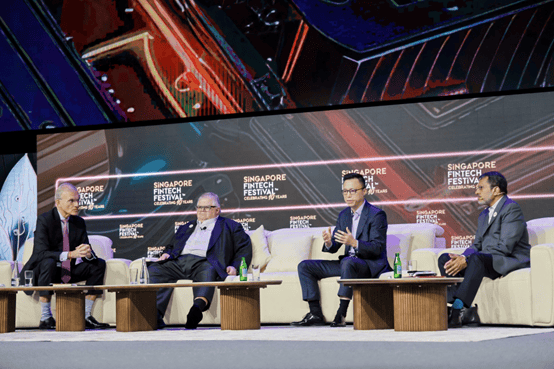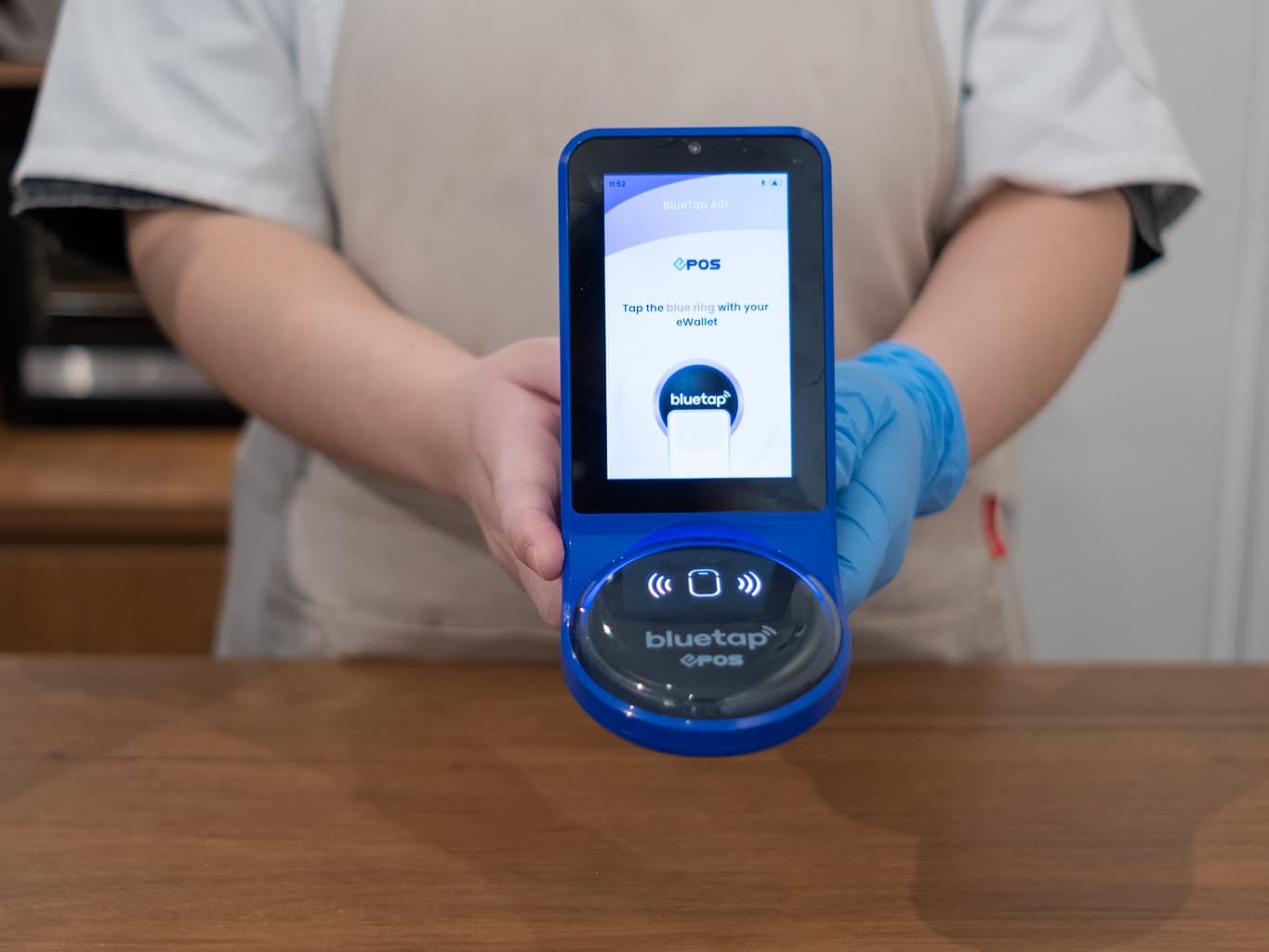

With the majority of adults now vaccinated against COVID-19, many financial services employees can once again return to the office. However, to accommodate employee lifestyles and preferences, many employers have embraced hybrid working models, giving employees the freedom to choose where they work, whether from home, the office, or elsewhere entirely. Many large corporations around the world have embraced this way of working, announcing that they will allow more workers to continue working from home post-pandemic, including Citigroup, Ford, Sales force, and Siemens. In fact, research from the Hi Bob people management platform found that 63% of full-time employees are still working from home at least part of the time.
To gauge public attitude to hybrid working, Avaya surveyed 10,000 people from 11 countries. Its Life and Work Beyond 2020 survey found that more than 60%of workers support remote working and nearly half (46%) envision ‘work from anywhere’ being a viable way of working into the future. Another 46% of respondents reported an increase in productivity while working remotely. Avaya’s research suggests that businesses can benefit from giving employees freedom over where they work. But employees need particular capabilities to remain productive across face to face and remote interactions.
Customer Attention
Harvard Economists Pine and Gilmore pioneered the experience economy in the late nineties – and they didn’t stop there. They have since identified the importance of the digital experience as well.In today’s digital experience economy, companies compete for consumer’s attention and time. Consumers and employees only have so much time in the day, and limited attention. In order for companies to earn their share of the positive experiences they need to design and deliver great experiences by mastering user experience (UX)and multi-experience(MX) principles.
In order to hold customer attention with experiences that matter, everyone in the business must be empowered to service the customer. It often takes collaboration from multiple departments to handle customer issues, meaning there is no room for organisational silos. In fact, the convergence of CX and EX can lead to outcomes and experiences that are beneficial for both customers and employees. In order to create these experiences, employees must be equipped and empowered to perform at their best irrespective of where they work from. This means that they should be provided with a communications capability that enables employees to collaborate productively from anywhere.
Elevating the Employee Experience (EX)
Employees work hard to stay connected and maintain productivity, but they aren’t helped by the growing number of different communications and collaborations apps many have to use on a day-to-day basis. To stay connected while working remotely, some financial organisations implement tone app for team chat, another for video conferencing, another for file-sharing or task management, and possibly even an additional CRM to store and share customer information. What’s more, customers today want a multi-experience, with the freedom to access customer services from whichever is their preferred or most convenient touch point. Nearly 60% of working UK employees use three or more tools, apps, and resources to complete a work project often, according to research conducted last year.
Today’s employees must have the capabilities to connect with colleagues and customers when they want, in the way they want, whether that’s via phone, chat, video meetings, collaboration, file sharing, task management or a virtual room. Both customers and employees deserve an effortless experience, and this is possible through cloud-based unified communications as a service (UCaaS).
The right UCaaS or single-app team collaboration solution elevates the customer experience while offering employees a single number for calls, chat, video meetings, file sharing and continuous collaboration that reaches them wherever they are, on whatever device they’re using. It should also allow for the employees own preferences for call forwarding, availability, presence, messaging, and video meetings, and be easily manageable, removing the burden from an IT admin, staff, or a reception.
Composability
A business needs more than monolithic glass-ceiling apps in a cloud world to create experiences that matter for its hybrid workforce and customers. That’s why composability must be a factor when selecting a communications and collaboration solution –it should be one that is built on a composable platform. Composability enables an organisation to assemble and combine the specific business communications capabilities required to achieve outcomes in the moment, making it agile and competitive under rapidly changing circumstances. This cloud-based flexibility allows the collaboration solution to grow and adapt as an organisation does, turning it into a solution for both the present and the future.
EX equals CX
In order to create customer experiences that matter, organisations must put into place intentional and well thought out employee experiences. This must be a priority in the customer-centric world of financial services. The right tool will empower employees to solve problems quickly and easily by breaking down organisational silos, improving collaboration with different team members in different departments with different disciplines.
As we build the new world of work, we must emphasis efficient collaboration and focus on what makes us productive. Composable collaboration tools are the key to creating employee experiences that matter and maintaining customer attention.


